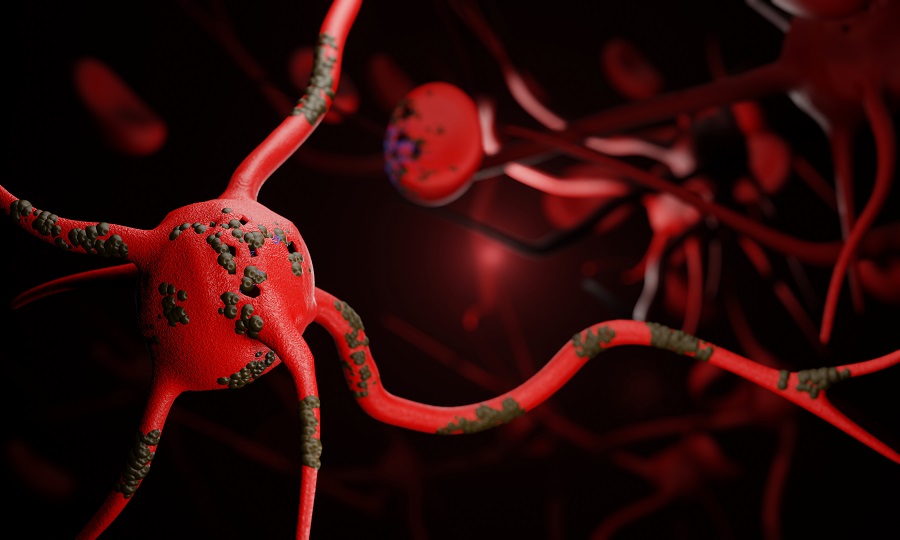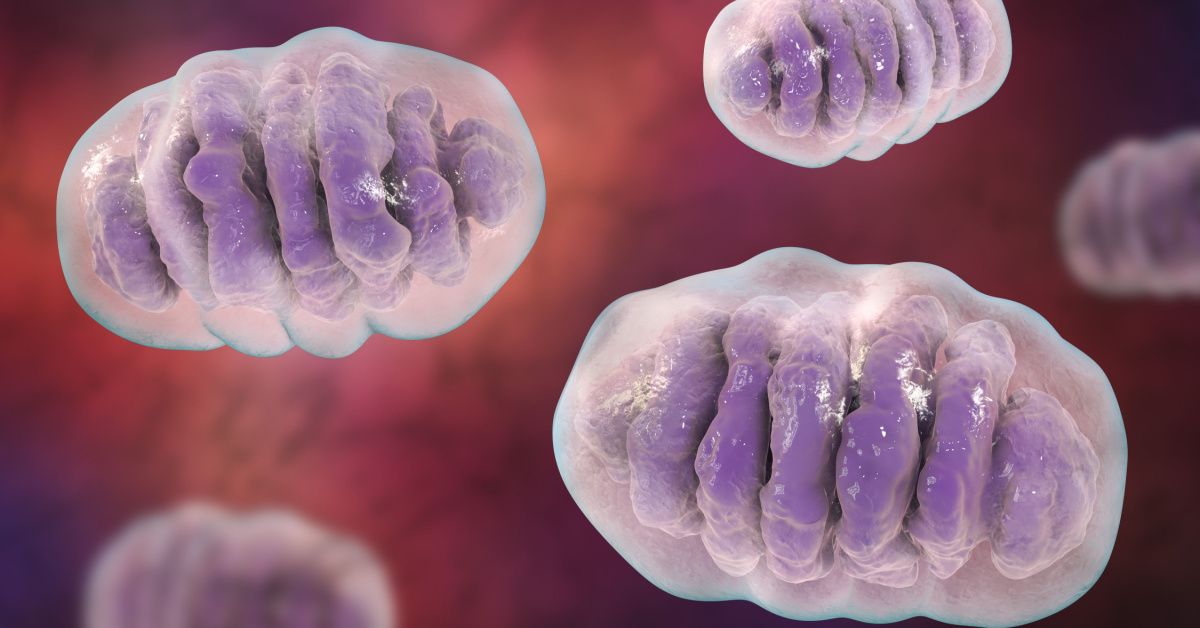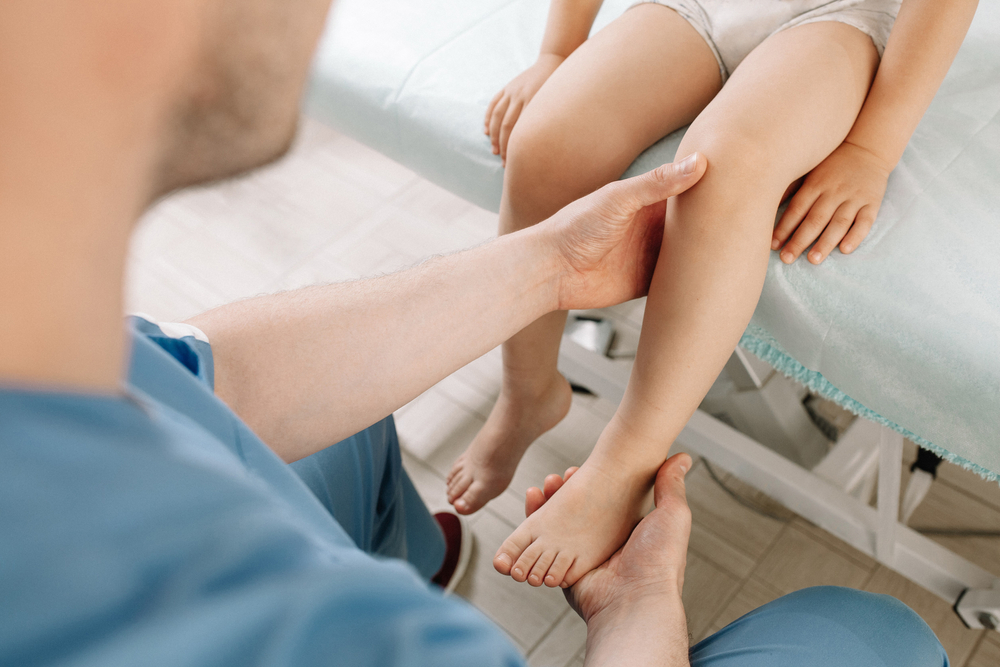Introduction
Guillain-Barré syndrome (GBS) is a rare and complex neurological disorder that has captured the attention of medical researchers and healthcare professionals worldwide. This condition, characterized by the immune system’s misguided attack on the peripheral nervous system, presents a challenging clinical landscape. In this article, we will explore the key aspects of GBS, its symptoms, causes, diagnosis, treatment, and recent advancements in research.
Understanding Guillain-Barré Syndrome1
GBS affects individuals of all ages, though it is more commonly diagnosed in adults and males. This condition primarily targets the peripheral nervous system, comprising nerves outside the brain and spinal cord. As the immune system launches an attack, it damages the myelin sheath and, in some cases, the axons themselves, impairing nerve signal transmission.
The Onset and Symptoms of GBS2
The onset of GBS can be sudden and debilitating. Individuals afflicted by this condition often experience weakness, which progressively worsens over hours or days. Typically, symptoms manifest symmetrically, affecting both sides of the body. Early signs may include difficulties with walking, climbing stairs, or even paralysis in severe cases.
Besides muscle weakness, GBS can also cause sensory disturbances, leading to tingling sensations, pain, and abnormal sensory signals. These sensations can be distressing and manifest as tingling in the hands or feet or more severe discomfort.
In severe GBS cases, the condition can lead to difficulties with eye muscles, vision, swallowing, speaking, chewing, and even abnormal heart rhythms and blood pressure. Breathing muscles may weaken to require mechanical ventilation, making these cases life-threatening.
Exploring the Causes of GBS2
The precise cause of GBS remains elusive, but it often follows infections triggered by viruses or bacteria. Common pathogens associated with GBS include Campylobacter jejuni, which causes gastroenteritis, the influenza virus, and other viral infections such as cytomegalovirus, Epstein-Barr virus, and Zika virus. Rarely, vaccinations or surgery can also be potential triggers for GBS, albeit with an extremely low risk.
Diagnosing and Treating GBS2
Diagnosing GBS can be challenging, as its symptoms can overlap with other disorders. Physicians typically rely on physical exams, nerve conduction velocity tests, and cerebrospinal fluid analysis to identify characteristic signs, such as symmetric weakness, abnormal sensory signals, and elevated protein levels in cerebrospinal fluid.
Once diagnosed, prompt treatment is essential. Hospitalization is often necessary to closely monitor breathing, heart rate, and blood pressure. There is currently no known cure for GBS, but therapies can alleviate symptoms and expedite recovery.
Two primary treatments for GBS include plasma exchange (PE) and intravenous immunoglobulin therapy (IVIg). Both therapies aim to interrupt immune-related nerve damage, with PE removing harmful antibodies from the bloodstream and IVIg providing antibodies that counteract the immune attack. Although corticosteroids have been explored as a treatment option, clinical trials have shown limited effectiveness.
Conclusion
Recovery from GBS can be slow and may take weeks to years. While most individuals fully recover, some may experience residual or long-term weakness requiring assistive devices.
Recent research efforts have focused on understanding the immune mechanisms behind GBS and exploring genetic factors that may increase susceptibility to the condition. Advances in mouse models and investigations into the mechanisms of IVIg treatment offer hope for more effective therapies in the future.
In conclusion, Guillain-Barré syndrome is a rare neurological disorder requiring prompt diagnosis and treatment. While challenges persist in unraveling its mysteries, ongoing research offers promise for improved treatments and outcomes for individuals affected by GBS. Early recognition of symptoms, swift medical intervention, and continued scientific exploration are essential in the battle against this complex condition.
References
- Guillain–Barré Syndrome. Available at: https://www.who.int/news-room/fact-sheets/detail/guillain-barr%C3%A9-syndrome Accessed: Sept 12, 2023
- Guillain–Barré Syndrome. Available at: https://www.ninds.nih.gov/health-information/disorders/guillain-barre-syndrome Accessed: Sept 12, 2023




